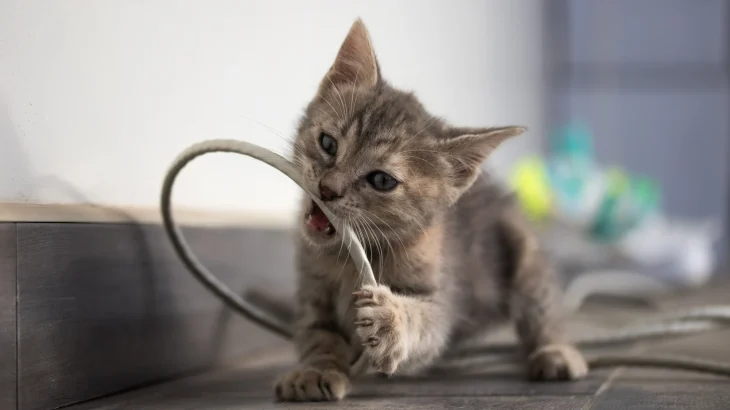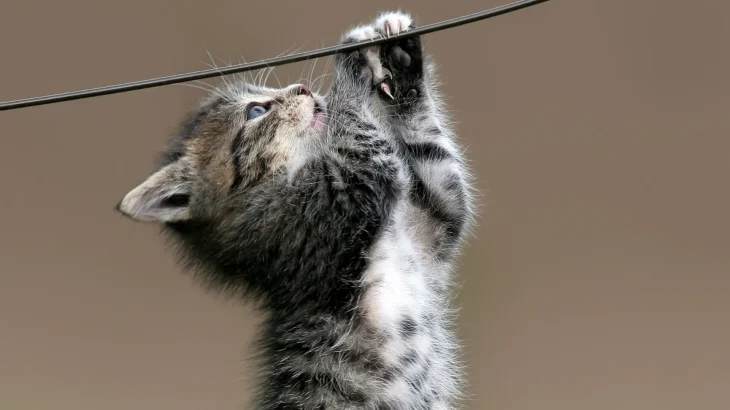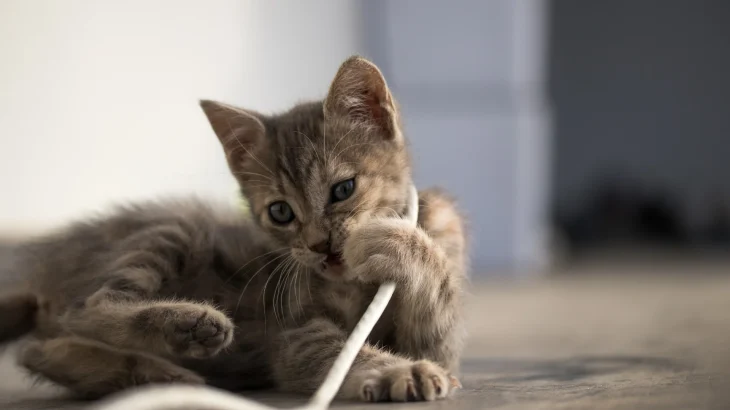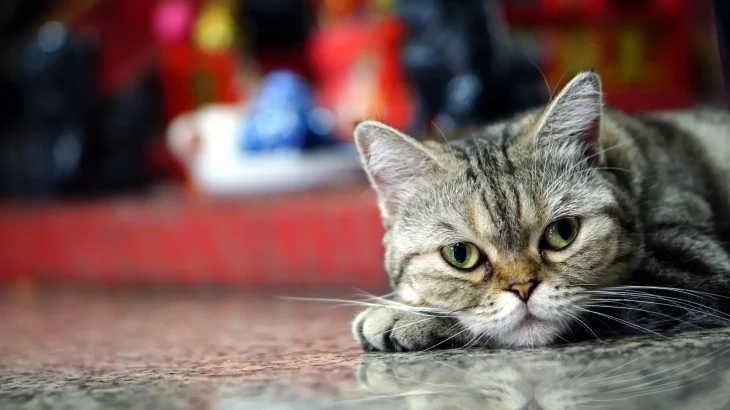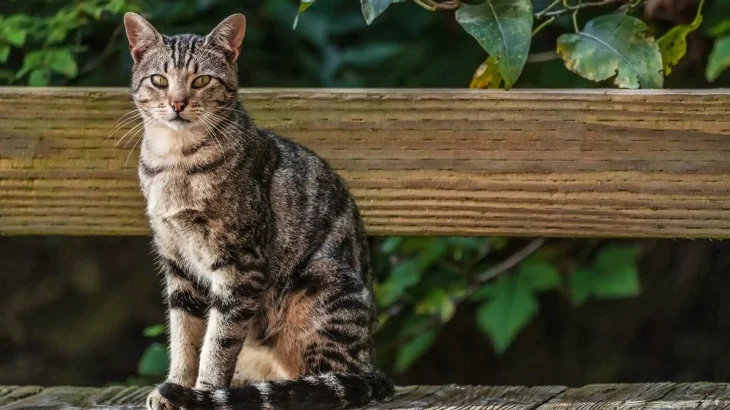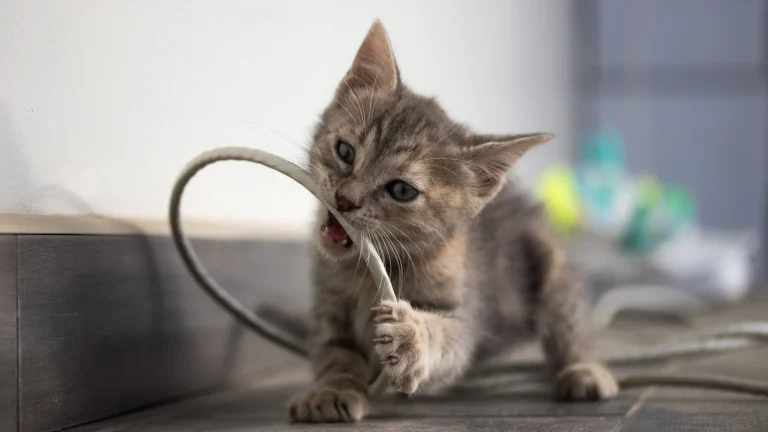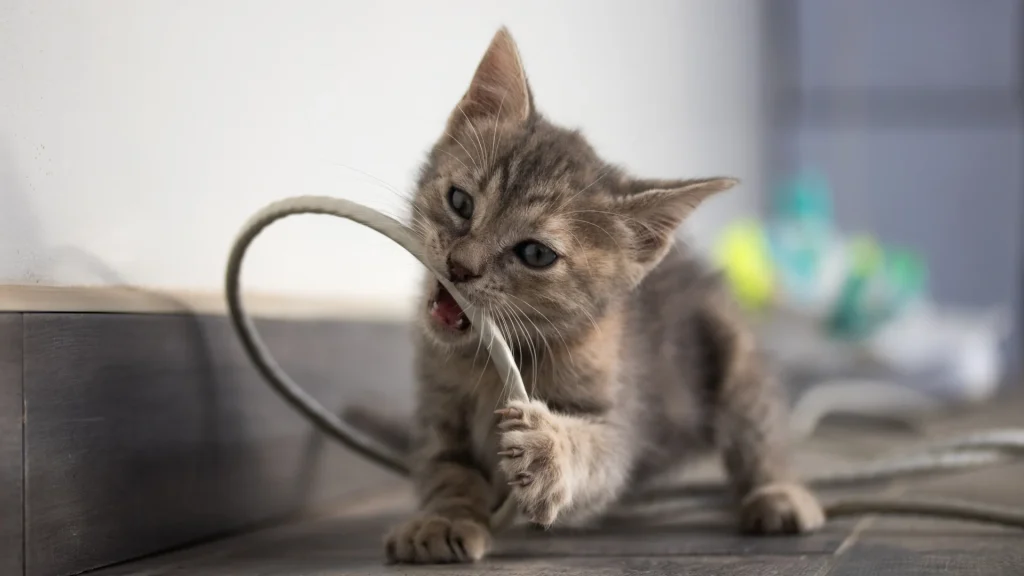When deciding to bring home an American Wirehair kitten, you may wonder whether to adopt or purchase from a breeder. Each option offers different benefits in terms of health knowledge, cost, and ethics. It depends on what matters most to you in welcoming this unique feline.
Adoption vs. Breeder: Pros & Cons
| Criteria | Buying from Breeder | Adopting from Shelter/Rescue |
|---|---|---|
| Cost | Higher cost reflecting pedigree and selective breeding, often several hundred to over a thousand dollars. | Generally lower fees; adoption may include medical care and spay/neuter. |
| Health History | Breeders usually provide detailed health histories and genetic screenings for breed concerns. | Health histories may be limited or unknown; shelters do basic health checks. |
| Age Availability | Usually offers kittens, allowing early bonding and training. | Cat ages vary, including kittens and adults, offering more companionship options. |
| Temperament Insight | Breeders provide insights based on lineage and socialization. | Shelter staff may offer observations; temperament history less certain. |
| Supporting Practices | Supports breed preservation; choose ethical, responsible breeders. | Supports animal welfare by providing homes to cats in need and reducing shelter populations. |
| Ethical Considerations | Choose breeders who prioritize health to avoid poor practices. | Adoption helps combat overpopulation and reduces demand for commercial breeding. |

